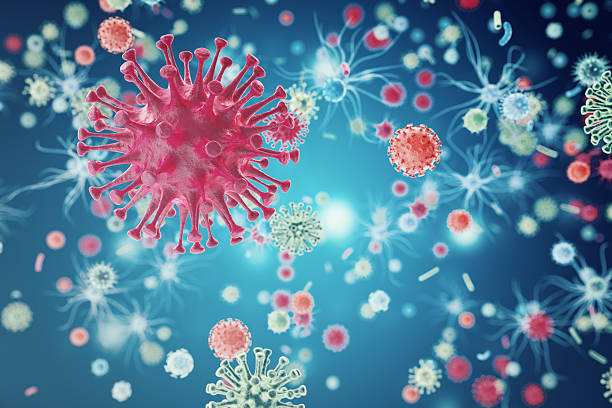By Morgan Nwanguma
Plant virus powers immune system to fight cancer—affordable, effective, and nearing clinical trials
A virus that normally infects black-eyed peas is emerging as a surprising weapon against cancer. Known as the cowpea mosaic virus (CPMV), it doesn’t infect people, but it can jumpstart the immune system in ways other plant viruses cannot—turning it into a cancer-fighting force.
Researchers at the University of California San Diego, writing in Cell Biomaterials, discovered that CPMV uniquely sparks strong interferon signals and immune activation, unlike related viruses. This finding helps explain its exceptional performance in preclinical studies, where direct injections of CPMV into tumours triggered waves of neutrophils, macrophages, and natural killer cells to attack cancer, while also priming B and T cells for long-term, body-wide protection.
So far, CPMV has shrunk tumours in multiple mouse models and even in dogs with naturally occurring cancers. By both clearing existing tumours and training the immune system to hunt down metastases, this inexpensive, plant-produced virus is moving quickly toward clinical trials as a novel, low-cost immunotherapy.
“It is fascinating that CPMV but not other plant viruses stimulates an anti-tumour response,” said Nicole Steinmetz, the Leo and Trude Szilard Chancellor’s Endowed Chair in the Aiiso Yufeng Li Family Department of Chemical and Nano Engineering at the UC San Diego Jacobs School of Engineering and the study’s corresponding author.
“This work gives us insight into how CPMV works so well,” said study first author Anthony Omole, a chemical and nano engineering Ph.D. student in Steinmetz’s lab. “What we found most exciting is that although human immune cells are not infected by CPMV, they respond to it and are reprogrammed towards an activated state, which ultimately trains them to detect and eradicate cancerous cells.”
A central question in bringing CPMV into human cancer therapy has been: why is this particular plant virus so effective against tumours?
To find out, Omole, Steinmetz, and colleagues at the National Cancer Institute’s Nanotechnology Characterization Laboratory compared CPMV with a close relative—the cowpea chlorotic mottle virus (CCMV). Despite their similar nanoparticle size and comparable uptake by human immune cells, the two viruses behave very differently once inside.
The researchers discovered that CPMV uniquely activates type I, II, and III interferons—powerful immune proteins known for their anti-cancer activity—whereas CCMV does not.
“This is particularly interesting because some of the earliest cancer immunotherapy drugs were recombinant interferons,” noted Omole. In contrast, CCMV triggers a different set of pro-inflammatory interleukins that fail to translate into meaningful tumour clearance. Another key distinction lies in how each virus’s RNA is handled inside mammalian cells. CPMV RNA persists longer and is shuttled to the endolysosome, where it activates toll-like receptor 7 (TLR7)—a crucial switch for both antiviral defense and, importantly, anti-tumour immunity. CCMV RNA, however, never reaches this checkpoint.
Beyond its unique biology, CPMV holds a practical edge as well: it can be manufactured inexpensively through molecular farming, avoiding the complex and costly production processes required for many modern immunotherapies.
“It can be grown in plants using sunlight, soil and water,” Omole said.
The scientists are working toward advancing CPMV to clinical tests.
“The present study provides important insights into the mechanism of action of CPMV. We are diligently working toward the next steps to ensure that the most potent lead candidate is selected to achieve anti-tumour efficacy and safety,” Steinmetz said. “This is the time and we are poised to move this work beyond the bench and toward clinical trials.”
This research project was partly backed by the American National Institutes of Health (NIH grants R01 CA224605, R01 CA253615 and R01 CA274640); the American Cancer Society, F.M. Kirby Foundation Inc., Mission Boost Grant (MBGI-23-1030244-01-MBG); the Shaughnessy Family Fund for Nano-ImmunoEngineering (nanoIE) at UC San Diego; San Diego Fellowship Fund; the Alfred P. Sloan Foundation’s Minority PhD (MPhD) Programme (G-2020-14067); and the Frederick National Laboratory for Cancer Research funded by the National Cancer Institute, part of the NIH (under contract 75N91010D00024).





